The Poisonous Black Tarantula An Introduction
Black tarantulas, with their imposing size and dark coloration, often capture our attention and spark curiosity. But are these fascinating creatures truly poisonous? The answer isn’t as straightforward as a simple yes or no. While many people use the term “poisonous” when referring to spiders, it’s more accurate to describe them as “venomous.” This distinction is crucial, as it affects how the toxins are delivered and how they impact the body. This article will delve into the truth about black tarantulas, exploring their venom, bite effects, and providing facts to dispel common myths. Understanding these spiders and their potential dangers is essential for anyone who encounters them, whether in the wild or captivity. Let’s uncover the top facts about these intriguing arachnids.
What Exactly is a Black Tarantula?
The term “black tarantula” can refer to several species of large, dark-colored tarantulas. These spiders belong to the Theraphosidae family, which includes hundreds of different species found worldwide. They are characterized by their hairy bodies, large size (often with a leg span of several inches), and primarily nocturnal habits. Black tarantulas typically live in burrows or under rocks and logs, where they ambush their prey. The specific species referred to as “black tarantula” varies by region, but some common examples include the Texas brown tarantula (Aphonopelma anax), which can appear very dark, and other species native to different parts of the Americas. Their imposing size and coloration make them easily recognizable, and they are often kept as pets due to their docile nature. These spiders are generally not aggressive but will defend themselves if threatened.
Key Characteristics of Black Tarantulas
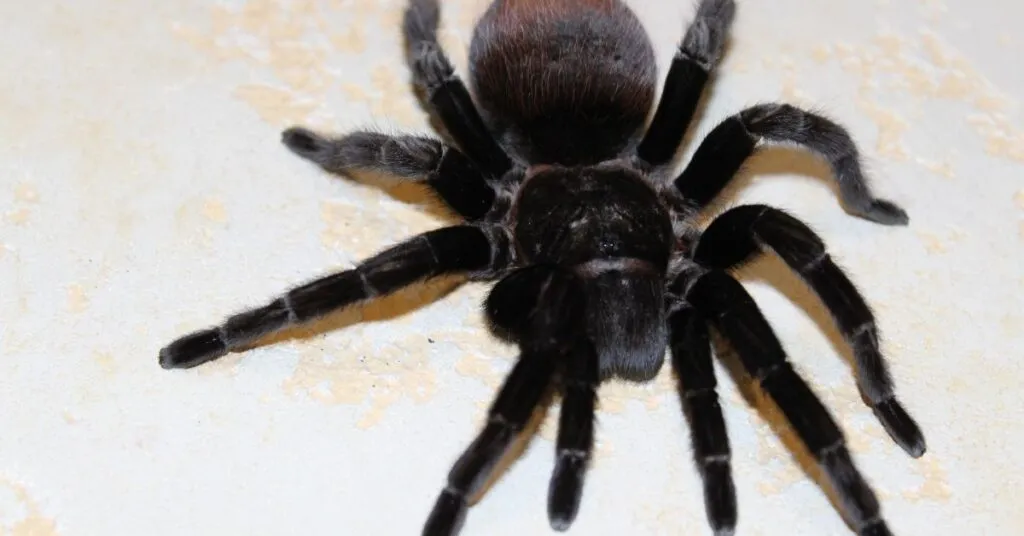
Black tarantulas exhibit several key characteristics that distinguish them. Primarily, they are known for their dark coloration, ranging from deep black to dark brown. Their bodies are covered in fine hairs, which can cause irritation if they come into contact with human skin, and are a key feature of their defense mechanism. The spiders have large fangs, used to inject venom into their prey. These spiders are generally nocturnal, preferring to hunt at night. They typically live for several years, with females often outliving males. Their diet consists of insects, small reptiles, and sometimes even small mammals. They are also known to molt, shedding their exoskeleton to grow and regenerate lost limbs. Their large size and unique features have made them a subject of fascination and concern.
Fact 1 Are Black Tarantulas Truly Poisonous?
The correct term to describe black tarantulas and other spiders is not “poisonous” but “venomous.” Poisonous organisms are harmful when ingested or touched, while venomous creatures inject toxins through bites or stings. Black tarantulas are venomous; they inject venom through their fangs. This venom is primarily used to subdue their prey, such as insects and small animals. The toxicity of tarantula venom to humans is generally low, and bites are rarely life-threatening. The effects of a bite can vary depending on the species of tarantula, the amount of venom injected, and the individual’s sensitivity. However, the venom is not as dangerous as that of some other venomous creatures, such as snakes or scorpions. The primary concern is usually the physical pain and localized effects at the bite site.
The Venom Composition
Tarantula venom is a complex mixture of proteins, enzymes, and other compounds. The exact composition varies between different species. The venom’s primary function is to immobilize and pre-digest the tarantula’s prey. The toxins in the venom disrupt the nervous system and cellular functions of the prey, causing paralysis or other debilitating effects. In general, tarantula venom contains neurotoxins that affect the nervous system and enzymes that break down tissue. Research into tarantula venom is ongoing, as scientists are exploring its potential medical applications. Specific components of the venom are being studied for their ability to treat various ailments, showing some promising possibilities. The complex nature of tarantula venom highlights the sophistication of these spiders’ hunting and defense mechanisms.
How the Venom Affects Humans
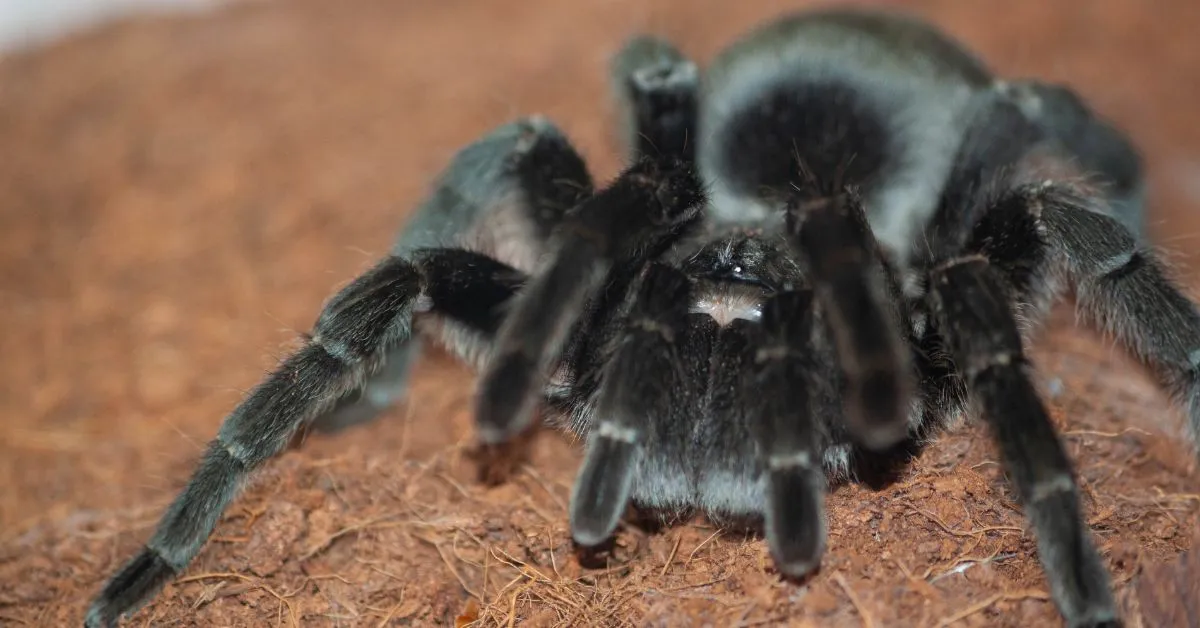
When a black tarantula bites a human, the effects are typically mild. The primary symptom is often localized pain at the bite site, similar to a bee sting. This pain can be accompanied by redness, swelling, and itching. In some cases, there may be muscle cramps or spasms, and a feeling of general malaise. However, severe reactions are rare. More serious symptoms such as difficulty breathing or severe allergic reactions are extremely uncommon. The venom of black tarantulas is generally not considered life-threatening to humans. If a bite occurs, it is important to clean the wound and seek medical attention if symptoms worsen. Most individuals recover fully within a few days or weeks. The severity of the reaction can depend on the individual’s sensitivity and the amount of venom injected.
Fact 2 Identifying a Black Tarantula Spider
Identifying a black tarantula involves looking at several key features. Size is a significant indicator, with these spiders often having a leg span of up to 6 inches or more. The body color is another important factor, ranging from dark brown to jet black. The presence of hairs covering the body, legs, and pedipalps (small appendages near the mouth) is also characteristic. Look for the two large fangs located near the mouth. Different species may have variations in the patterns on their bodies or legs, but the overall appearance is typically dark and hairy. To accurately identify a specific species, it is often necessary to consult a field guide or an expert, as subtle differences can be important. Observing the spider’s behavior, such as its burrowing habits or hunting style, can also aid in identification.
Physical Appearance
The physical appearance of black tarantulas includes several distinguishing features. They have a large, robust body covered in dense hairs. Their color varies from dark brown to black. The cephalothorax, the fused head and chest region, is typically round and covered with hairs. The abdomen is also covered with hairs and often displays a slightly different texture or pattern than the cephalothorax. The legs are long, thick, and covered in hairs, with claws at the end for gripping surfaces. The chelicerae, or jaws, are strong and equipped with large fangs. The size can vary, but they are generally large spiders. The overall impression is that of a formidable, hairy spider with a dark and imposing presence.
Habitat and Geographical Location
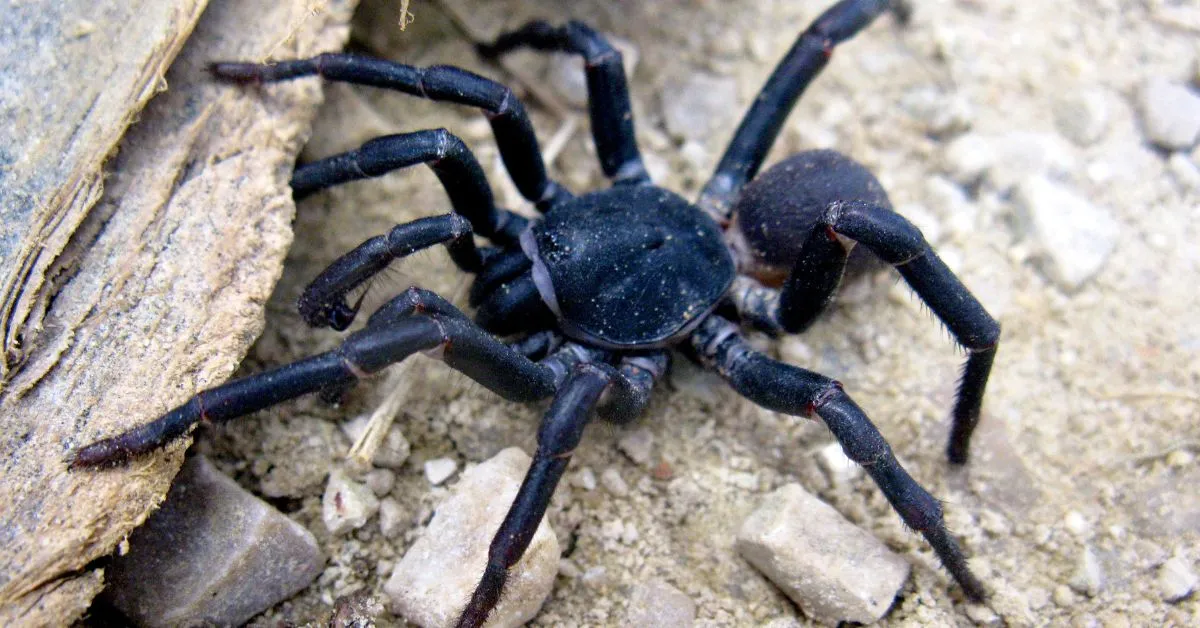
Black tarantulas inhabit a variety of environments, often depending on the specific species. They are commonly found in warmer climates, including the southwestern United States, Mexico, and parts of South America. Their habitats can include grasslands, deserts, and open woodlands. They often live in burrows, which they either construct themselves or modify from existing structures. These burrows provide shelter from the heat and protection from predators. The geographical location is crucial in identifying the species. For example, the Texas brown tarantula is common in Texas and surrounding states, while other species are endemic to specific regions. Understanding their habitat and geographic range can help in identifying the particular species of black tarantula encountered.
Fact 3 Symptoms of a Black Tarantula Bite
The symptoms of a black tarantula bite are typically mild. Common symptoms include localized pain, redness, and swelling at the bite site. The pain is often described as similar to a bee sting or a muscle cramp. There may be itching and a feeling of warmth around the area. Other symptoms can include muscle cramps or spasms, particularly in the area of the bite. More serious symptoms are rare but may include nausea, vomiting, and increased heart rate. In most cases, symptoms resolve within a few days to a week. The severity of symptoms can vary depending on the amount of venom injected and the individual’s sensitivity. Anyone who experiences severe symptoms after a bite should seek medical attention immediately.
Immediate Reactions
Immediate reactions to a black tarantula bite usually begin within minutes. The most common is localized pain at the bite site, which may be accompanied by a sharp, stinging sensation. Redness and swelling around the bite are also typical. Some people may experience itching or a burning sensation. Muscle cramps or spasms can occur, particularly near the bite area. In some cases, there may be slight nausea or dizziness. These immediate reactions are usually a result of the venom affecting the tissues around the bite. Most of these reactions are mild and will subside within a few hours. It’s important to monitor the bite site for any worsening of symptoms and seek medical help if necessary.
Long-Term Effects
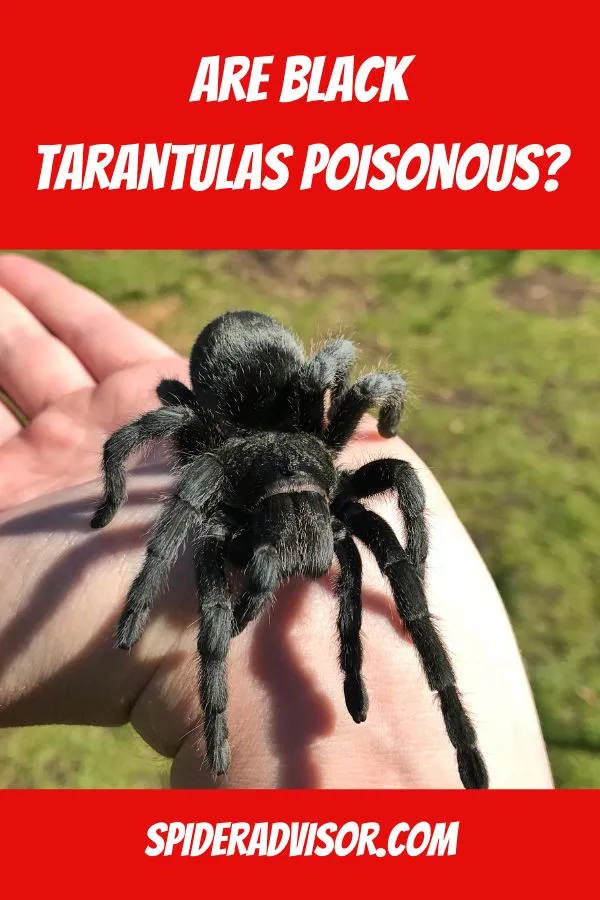
Long-term effects from a black tarantula bite are very rare. In most cases, the symptoms resolve completely within a few days to a week. Some individuals may experience minor lingering effects, such as mild tenderness or itching at the bite site for a slightly longer period. Serious long-term complications, such as chronic pain or tissue damage, are extremely uncommon. If any unusual or persistent symptoms develop, it’s advisable to consult a medical professional to rule out any other underlying issues. The primary concern for the vast majority of people is the initial discomfort and localized reactions. With proper care and monitoring, long-term effects are generally not a significant concern.
Fact 4 First Aid and Treatment for Bites
If you are bitten by a black tarantula, providing first aid is essential to mitigate symptoms. The first step is to remain calm and move away from the spider to avoid further bites. Clean the bite area thoroughly with soap and water to prevent infection. Apply a cold compress or ice pack to the bite site to reduce pain and swelling. Elevate the affected limb to help minimize swelling. It is important to avoid scratching the bite, as this can increase the risk of infection. Seek medical attention if symptoms worsen or if you experience any severe reactions. While black tarantula bites are generally not life-threatening, medical professionals can provide appropriate treatment and monitor the patient’s condition.
Immediate Actions
The immediate actions to take after being bitten by a black tarantula include several important steps. First, remove yourself from the immediate area to avoid further bites. Wash the bite site gently with soap and water. Apply a cold compress or ice pack wrapped in a cloth to the area to reduce pain and swelling. Keep the affected limb elevated to minimize swelling. If possible, try to identify the spider or take a picture for identification purposes, but do not risk further bites. Monitor the bite site for any signs of infection, such as increased redness, swelling, or pus. Seek medical attention if symptoms worsen or if you experience any severe reactions, such as difficulty breathing, nausea, or dizziness. Immediate action focuses on minimizing the impact of the bite and preventing complications.
Medical Treatment
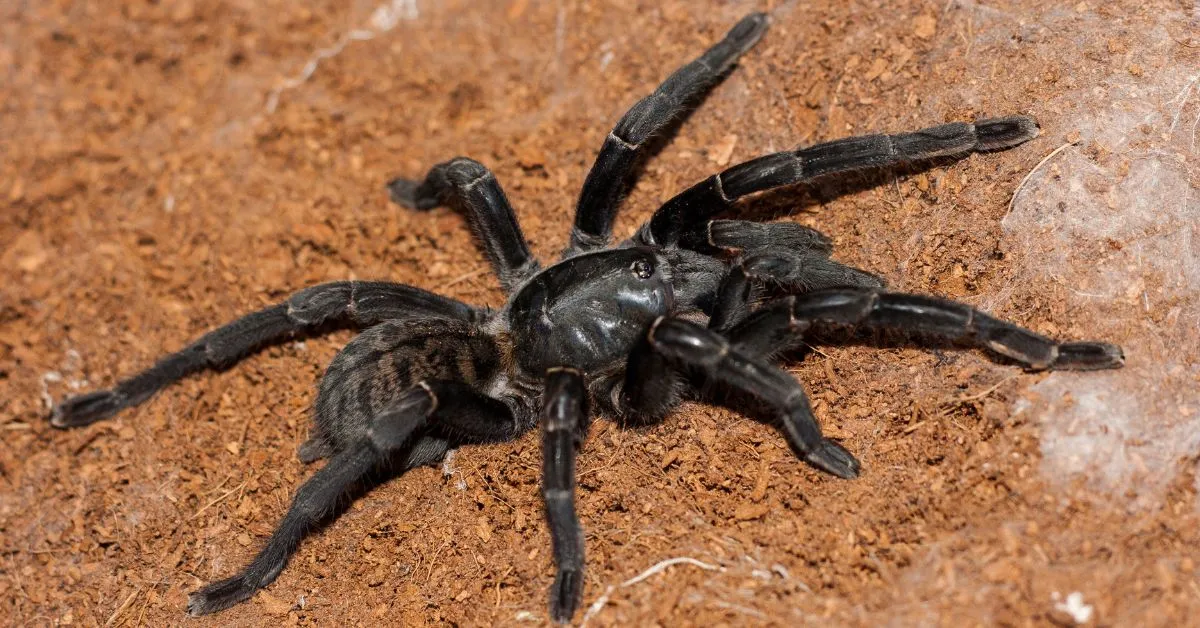
Medical treatment for a black tarantula bite is typically supportive. The primary goal is to relieve symptoms and prevent complications. A doctor may recommend over-the-counter pain relievers, such as ibuprofen or acetaminophen, to manage pain. Antihistamines can be used to reduce itching and swelling. In rare cases, if a severe allergic reaction occurs, the doctor may administer medications such as epinephrine. The wound should be monitored for signs of infection, and antibiotics may be prescribed if an infection develops. Tetanus vaccination status might be assessed, especially if the patient is unsure of their last vaccination. Most people recover fully with minimal medical intervention. Seeking medical attention is crucial if severe symptoms appear.
Fact 5 Debunking Myths About Black Tarantulas
Many myths and misconceptions surround black tarantulas, often contributing to unnecessary fear. It is important to separate fact from fiction to understand these spiders better. One common myth is that all tarantulas are deadly. In reality, black tarantula venom is typically not life-threatening to humans. Another misconception is that tarantulas are aggressive and will attack humans on sight. Most species are docile and prefer to avoid confrontation, only biting in self-defense. Many people believe that tarantulas are fast, aggressive hunters. While they are capable hunters, they generally move slowly. It is important to rely on credible sources of information rather than spreading unfounded rumors. Accurate information can help people appreciate the tarantula’s role in the ecosystem.
Common Misconceptions
Common misconceptions about black tarantulas contribute to fear and misunderstanding. One such myth is that their bite is always fatal. This is incorrect; their venom is generally not life-threatening to humans. Another misconception is that black tarantulas are always aggressive and will attack humans. In most cases, they are docile and will only bite when threatened or provoked. People often believe that all tarantulas are venomous and the same. The potency of the venom and the behavior can vary considerably from species to species. Many also overestimate the speed and agility of these spiders. They may seem fast when they strike, but they are generally not fast movers. Separating fact from fiction is essential for appreciating their actual nature.
The Reality of Black Tarantula Poison
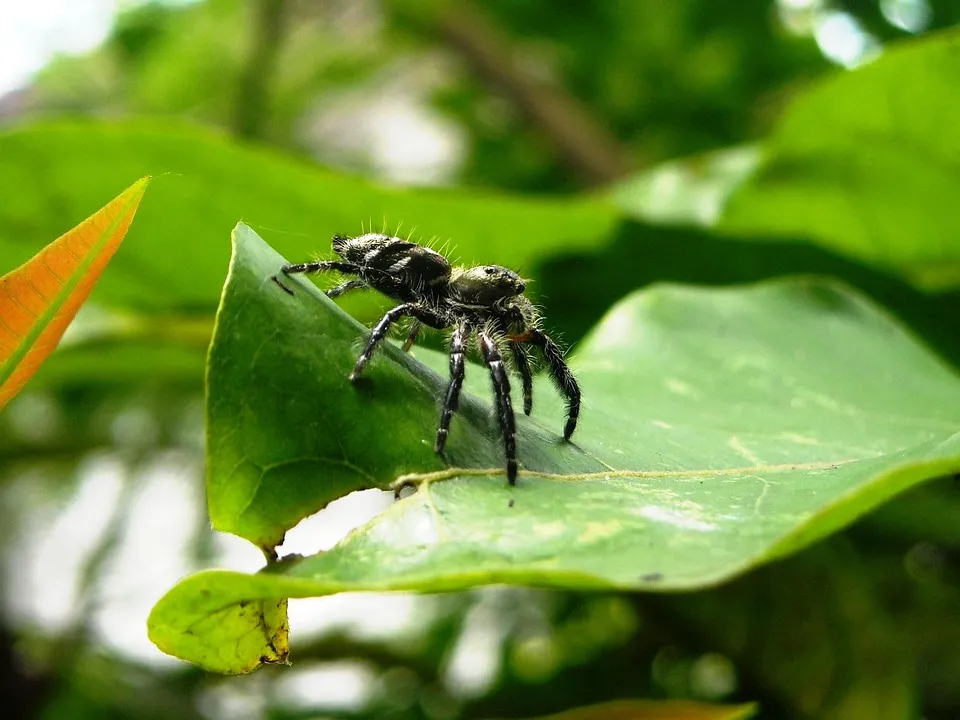
The reality of black tarantula “poison” is that they are venomous, not poisonous. Their venom is primarily designed to subdue prey, and its effects on humans are generally mild. The venom can cause localized pain, redness, and swelling, but severe reactions are rare. The venom is not as potent as that of many other venomous creatures, like snakes. The severity of a bite depends on several factors, including the species of tarantula, the amount of venom injected, and the individual’s sensitivity. While a bite is unlikely to be life-threatening, it is important to take precautions, seek medical attention if symptoms worsen, and learn the accurate facts about their biology and behavior. Understanding the truth can help reduce fear and promote a more informed perspective on these fascinating arachnids.
Conclusion Living with Black Tarantulas
Black tarantulas, while often feared, are intriguing creatures with a valuable role in their ecosystems. Understanding that they are venomous, not poisonous, and that their bites are generally not life-threatening, is the first step in dispelling common fears. By learning about their characteristics, habitat, and behavior, we can appreciate them. Avoiding unnecessary contact, recognizing their potential dangers, and practicing caution in areas where they are known to live are important. Keeping a safe distance and respecting their space is key to avoiding bites. By promoting accurate information and dispelling myths, we can foster a more balanced view of these fascinating arachnids, allowing for a more harmonious coexistence with the black tarantulas in their natural habitats.
